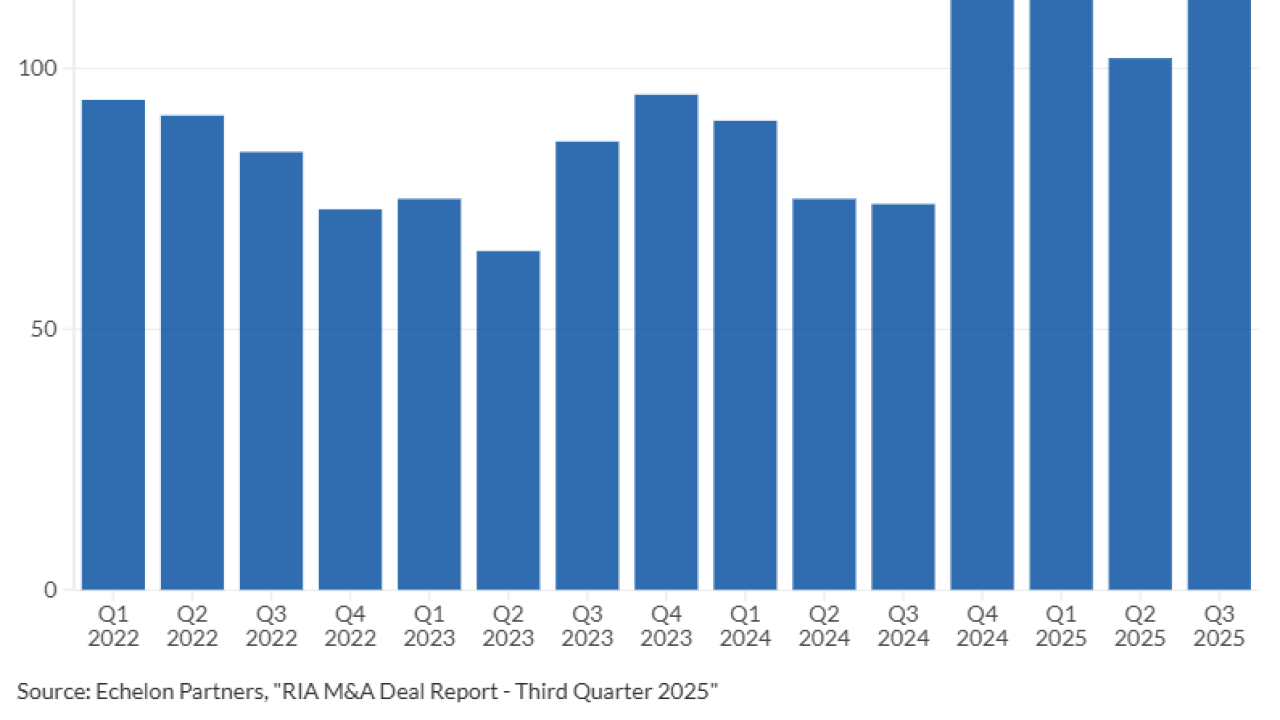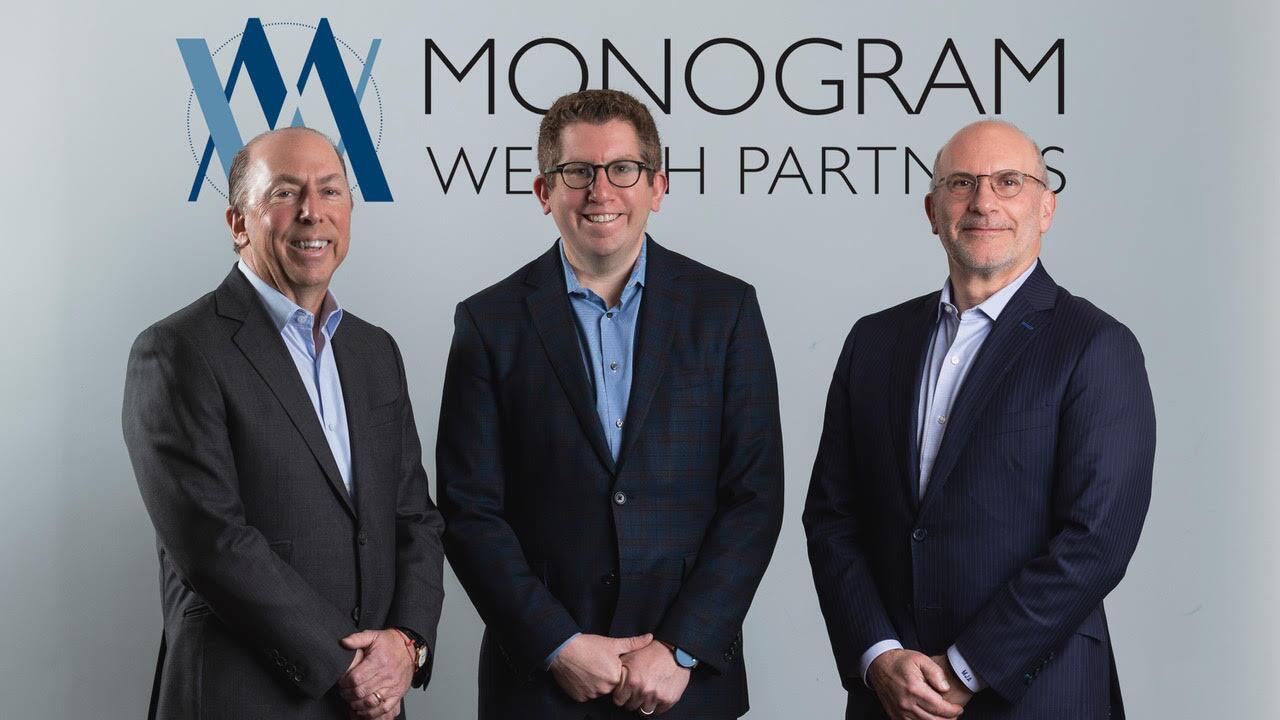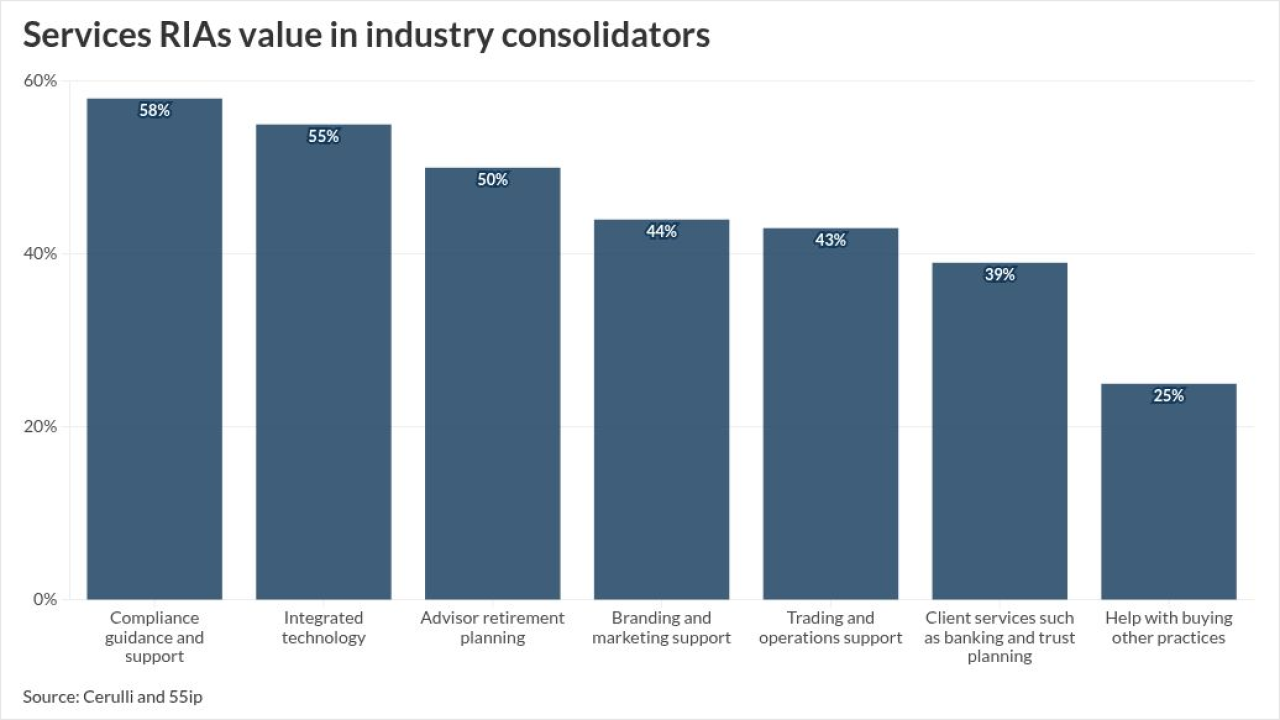Nancy Davis rode the boom in prop trading at Goldman Sachs until the financial crisis hit. A decade later, she’s pivoting from hedge funds to the red-hot ETF industry, as shifting investor appetite changes the game for fast-money traders.
The founder of Quadratic Capital Management, which specializes in options-based macro strategies, is listing her first ETF on Tuesday — as active managers battle pressures on fees and costs and struggle to outperform passive peers.
Davis is putting one of her hedge fund’s key strategies to the test with the Quadratic Interest Rate Volatility and Inflation Hedge product (IVOL), which aims to protect against rising long-term interest rates using bonds and derivatives.
The Connecticut-based manager has few illusions about the winds of change blowing through the global investment industry. Traders have pulled more money from hedge funds than they’ve added for the past four quarters, while ETFs reeled in $312 billion last year.

“We really want to ETF the whole business,” said Davis, whose fund oversaw $171 million at the end of March. “I see this as a better technology to deliver the exact same strategy to our clients.”
It’s a propitious time to make the move, with hedge fund closures outnumbering startups for the fourth year running, according to data provided by Eurekahedge. ETF issuers meanwhile are projected to hold more than $7 trillion by 2021, according to PwC.
AQR Capital Management and Mark Yusko’s Morgan Creek are among prominent managers who have taken steps toward starting ETFs in recent years. Dallas-based Highland Capital Management, which specializes in credit strategies, is behind a $332 million senior loan ETF.
Davis, who started the firm in 2013 after stints in Goldman’s proprietary trading group and AllianceBernstein, led a reorganization of Quadratic last year. She bought out seed investor Cowen Group and split the firm’s macro strategy into three portfolios — fixed income, equities and commodities.
-
Following criticism for its faulty 2016 election algorithms, the firm appointed a new research director to collaborate with its quants and money managers.
March 5 -
The recent plunge raised suspicions that quants had caused or exacerbated the sell-off.
February 14 -
Despite returns of about 8% last year, the products lagged behind the S&P 500’s 22% climb.
January 5
At around the same time she got the idea to re-tool the inflation-hedging portfolio as an ETF, Davis said. After returning the capital invested in that strategy, she says she hopes investors will follow her into IVOL.
Shares are expected to cost $25 each, with a fee of 0.99% after a waiver — a far cry from the hedge fund version, which carried a minimum investment of $1 million.
Quadratic will actively manage the product rather than track a benchmark, which could make gathering assets an uphill climb. Higher costs and the failure of many active funds to beat the market have sapped their appeal, according to Eric Balchunas, analyst at Bloomberg Intelligence, who estimates they represent just 2% of U.S. ETF assets.
Investors have been piling into smart-beta products instead, which blend active and passive in rules-based strategies designed to outperform traditional benchmarks, said Balchunas.
The other challenge is attracting retail investors to an exotic tail-risk strategy at a time when low volatility has been engulfing markets — though this month’s moves may have quickened appetites.
Those with outflows cost clients more than twice as much.
The ETF seeks to provide inflation-protected income, while hedging against fixed-income volatility, large equity sell-offs and even depreciating real estate, according to a fact sheet.
While billionaire Jeffrey Gundlach recently advocated going long rates volatility at New York’s Sohn Investment Conference, there are just a handful of ETFs designed to make money off credit swings or tail hedges, none of which have been runaway successes.
For Davis, the challenge isn’t convincing mom and pop but rather institutions who still consider the booming instruments to be index-replicating vehicles for short-term trading.
“The ETF technology is just better for investors and that’s going to be something we’ll need to educate the institutions about,” she said.






